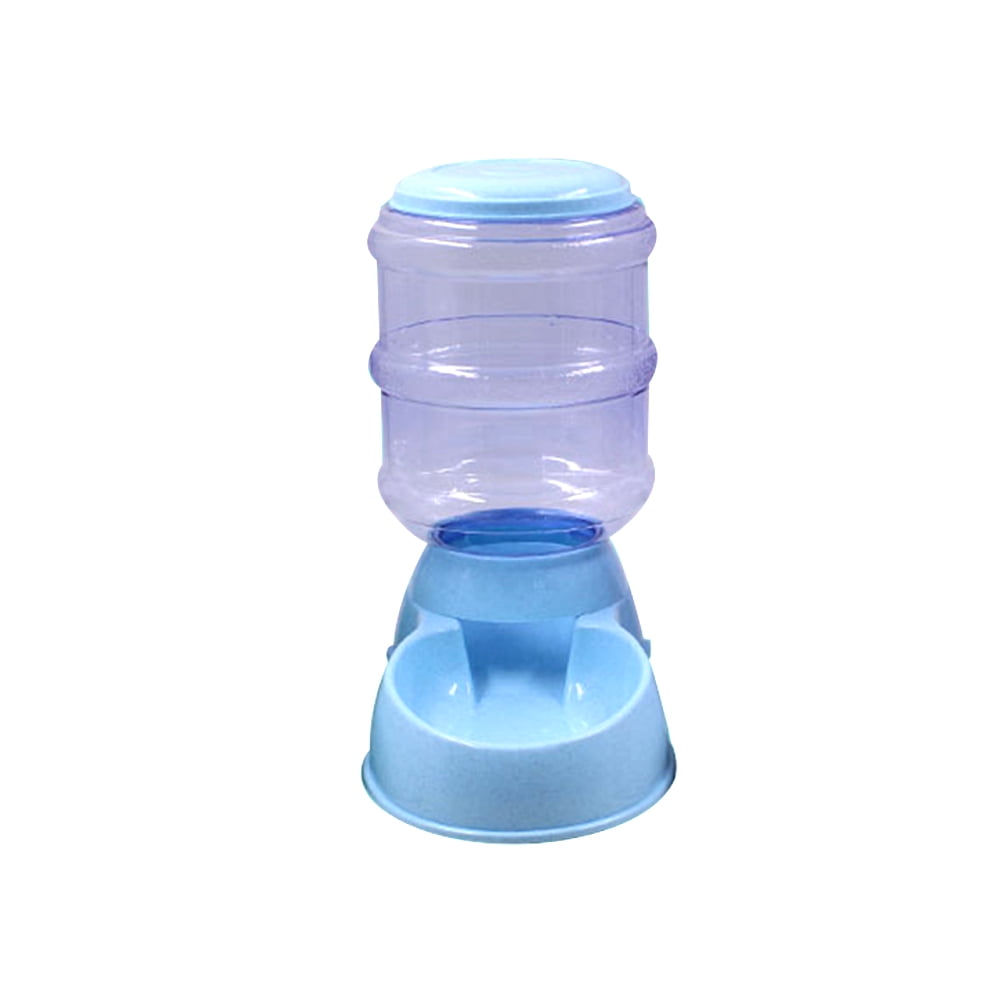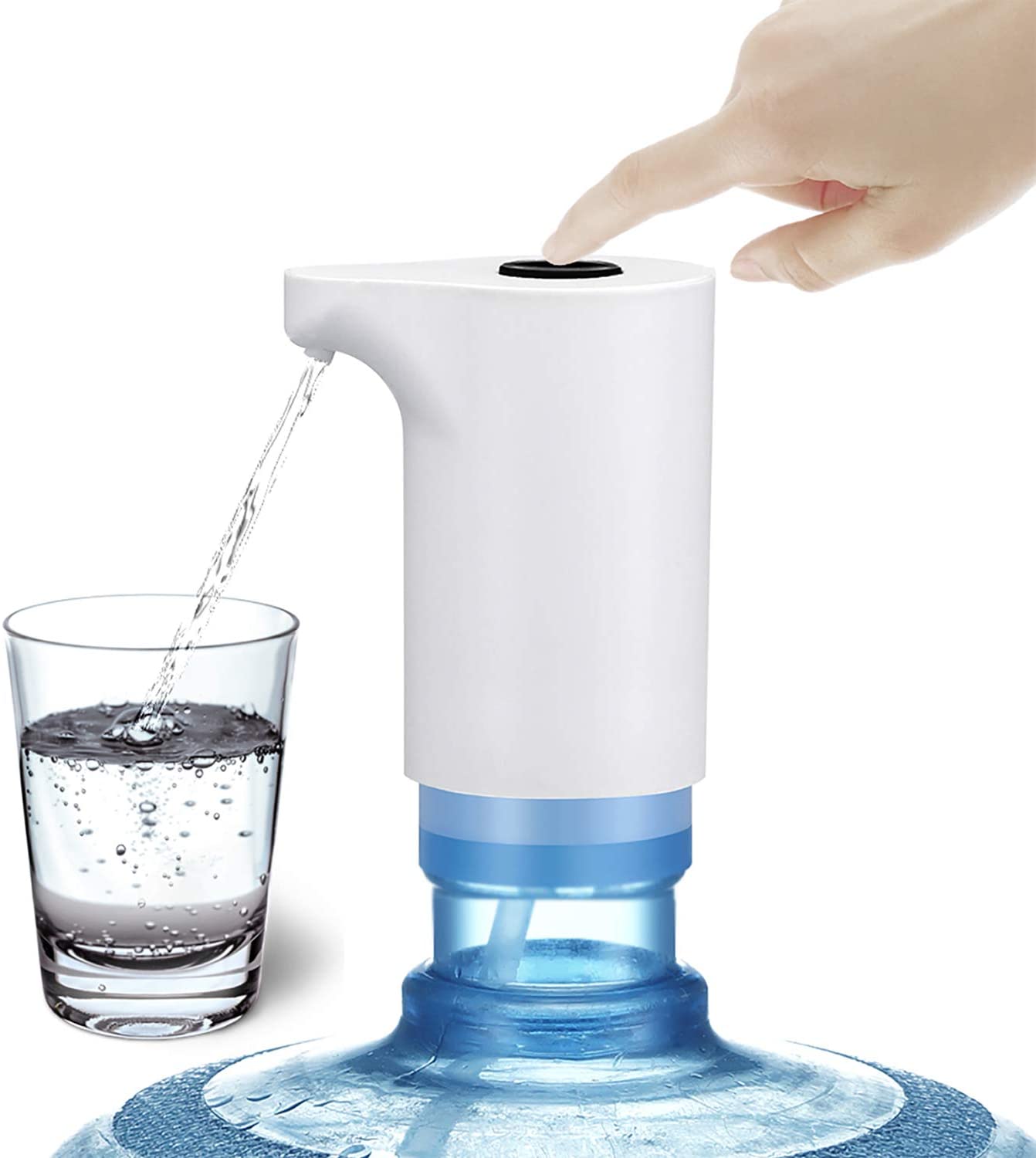
Additionally, residents who wish to use the hydrant to fill their in-ground swimming pool are commonly permitted to do so, provided they pay for the water and agree to allow firefighters to draft from their pool in the case of an emergency. The permit will generally require a hydrant meter, a gate valve and sometimes a clapper valve (if not designed into the hydrant already) to prevent backflow into the hydrant. In most areas of the United States, contractors who need temporary water may purchase permits to use hydrants. Most fire hydrants in Australia are protected by a silver-coloured cover with a red top, secured to the ground with bolts to protect the hydrant from vandalism and unauthorized use. Such vandalism can also reduce municipal water pressure and impair firefighters' efforts to extinguish fires. Vandals sometimes cause monetary loss by wasting water when they open hydrants. To prevent casual use or misuse, the hydrant requires special tools to be opened, usually a large wrench with a pentagonal socket.

Sometimes those simply seeking to play in the water remove the caps and open the valve, providing residents a place to play and cool off in summer. Today some US communities provide low flow sprinkler heads to enable residents to use the hydrants to cool off during hot weather, while gaining some control on water usage. In 1896, during a terrible heatwave in New York City, the Commissioner of Public Works ordered the opening of the fire hydrants to provide relief to the population. Other uses Street pooling Children playing in the spray of a fire hydrant in Philadelphia (1996) The rationale behind these laws is that hydrants need to be visible and accessible in an emergency.Ī New York City hydrant hooked to an FDNY fire engine with a fire hose actively pumping water In North America, the distances are commonly 3 to 5 metres (10 to 16 ft), often indicated by yellow or red paint on the curb. In most jurisdictions it is illegal to park a car within a certain distance of a fire hydrant. High-pressure water coursing through a potentially aging and corroding hydrant could cause a failure, injuring the firefighter operating the hydrant or bystanders.

When operating a hydrant, a firefighter typically wears appropriate personal protective equipment, such as gloves and a helmet with face shield worn. Time is often critical as other firefighters will be waiting for the water supply. New firefighters are often trained extensively on fire hydrants in the fire academy to be quick and safe while connecting the fire engine to the fire hydrant (usually within 1 minute).
#AUTOMATIC WATER DISPENSER FOR PIGS INSTALL#
It is good practice to install valves on all orifices before using a hydrant as the protective caps are unreliable and can cause major injury if they fail. These valves can be up to 12 inches (30 cm) in diameter to accommodate the large central "steamer" orifices on many US hydrants. Gate or butterfly valves can be installed directly onto the hydrant orifices to control individual outputs and allow for changing equipment connections without turning off the flow to other orifices. Usage at partial-opening can consequently result in considerable flow directly into the soil surrounding the hydrant, which, over time, can cause severe scouring.
#AUTOMATIC WATER DISPENSER FOR PIGS FULL#
The valving arrangement of most dry-barrel hydrants is for the drain valve to be open at anything other than full operation.

Most fire hydrant valves are not designed to throttle the water flow they are designed to be operated full-on or full-off. When a fire hydrant is unobstructed, this is not a problem, as there is enough room to adequately position the hose. The water inside a charged hose line causes it to be very heavy and high water pressure causes it to be stiff and unable to make a tight turn while pressurized. One may connect the hose with a threaded connection, instantaneous " quick connector" or a Storz connector.Ī user should take care not to open or close a fire hydrant too quickly, as this can cause a water hammer, which can damage nearby pipes and equipment. This user can attach this hose to a fire engine, which can use a powerful pump to boost the water pressure and possibly split it into multiple streams. The user attaches a hose to the fire hydrant, then opens a valve on the hydrant to provide a powerful flow of water, on the order of 350 kilopascals (51 psi) this pressure varies according to region and depends on various factors (including the size and location of the attached water main). Above-ground pillar-type hydrants are a 19th-century invention. Underground fire hydrants have been used in Europe and Asia since at least the 18th century. It is a component of active fire protection. Connection point by which firefighters can tap into a water supplyįire hydrant in Charlottesville, Virginia, United StatesĪ fire hydrant, fireplug, or firecock (archaic) is a connection point by which firefighters can tap into a water supply.


 0 kommentar(er)
0 kommentar(er)
